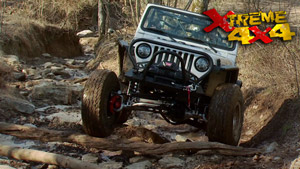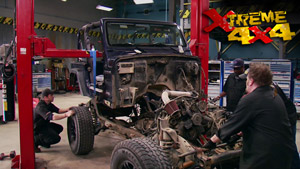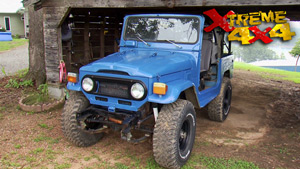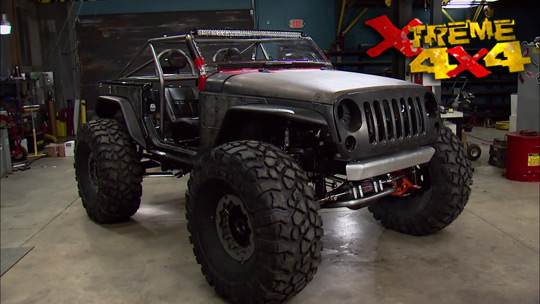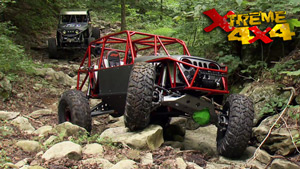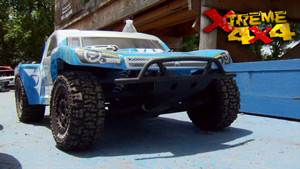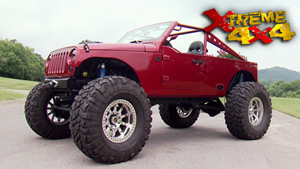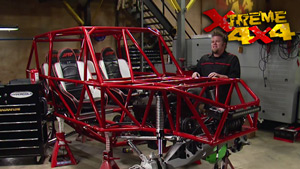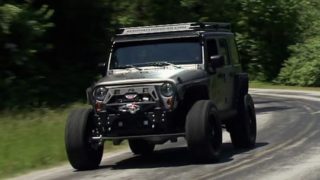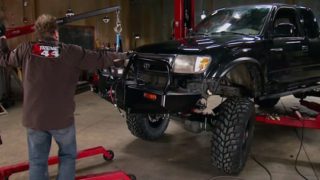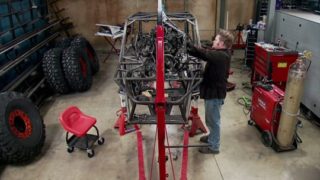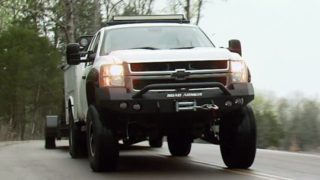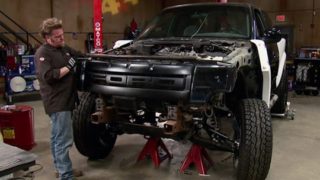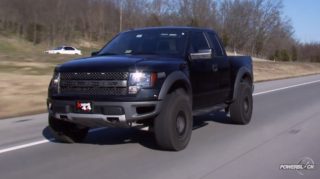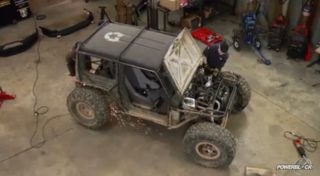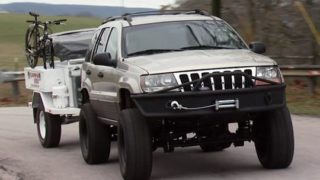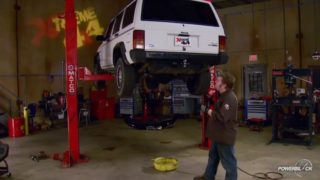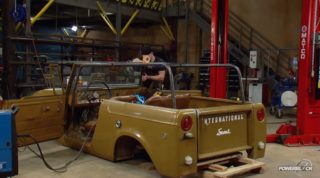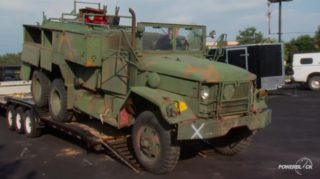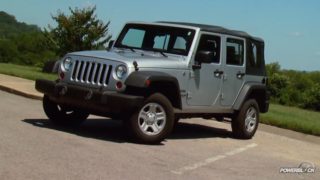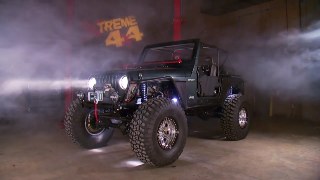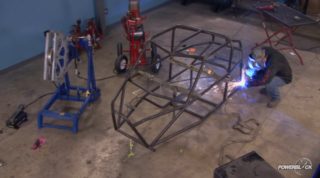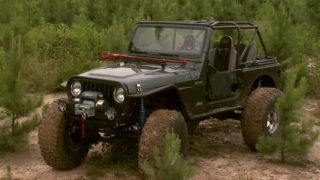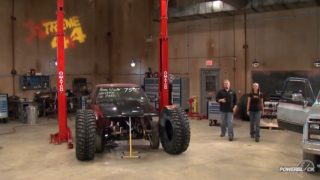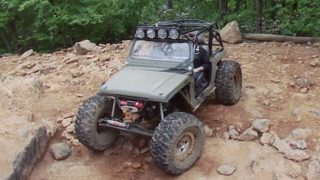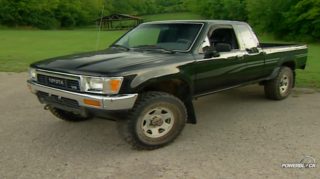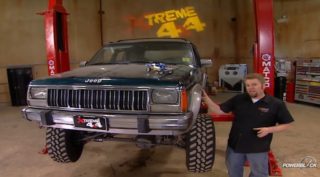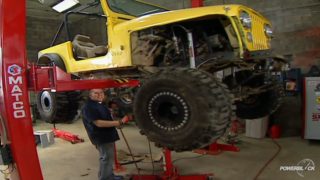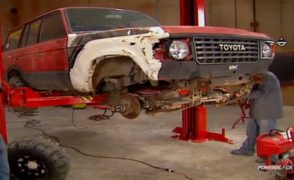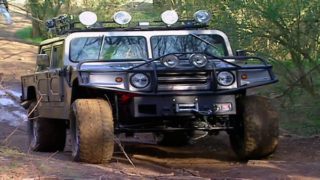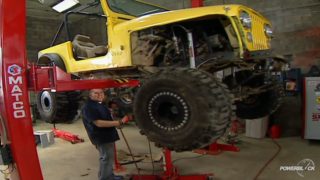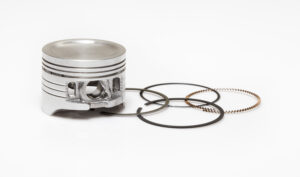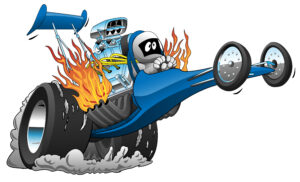Xtreme 4x4 Builds
Want more content like this?
Join the PowerNation Email NewsletterParts Used In This Episode
Copperhead Fab
Hydraulic conversion kit for manual bender, available for all popular types of horizontal benders.
KnKut Performance Drills
135 degree split point drill bits, designed to create less heat when cutting. Step Drills designed to slowly enlarge drilled hole until desired size is reached.
Lincoln Electric
Electric Arc Welder.
Matco Tools
Oxygen/Acetylene Torch Kit, used for cutting, brazing and welding. 4.5" Electric and Air powered grinders. 2.5" small air powered grinder/sander combo.
Miller Electric Manufacturing Co.
220 V wire feed MIG welder, ideal for all types of welding from sheet metal to structural components. 220 V plasma cutter, for cutting all types of steel, and aluminum. Tungsten Inert Gas welder (TIG) precise welder used for high qualtiy, high control welds, ideal when working with Chrom Moly Tubing due to the ability to control the heat input into the metal.
Pro-Tools
Pro Tools Model 105 Manual Bender. First level of high end fab shop bender, manual ratchet type bender made from high qualty steel and well machined dies, with degree ring and stand.
Tube Shark
Shark Pool, bending notching station. Air over Hydraulic bender with ability to perfrom 180 degree bends on all types of tubing square and round.
Williams Lowbuck Tools, Inc.
1.5" Low Buck hydraulic bender.

